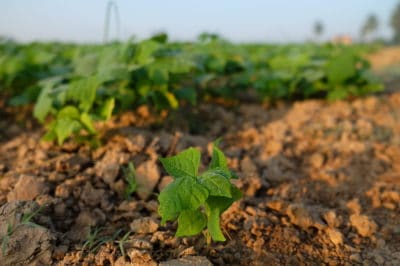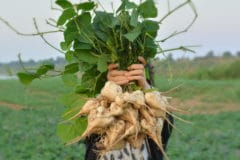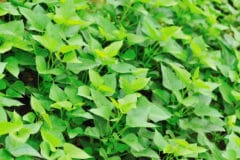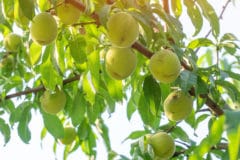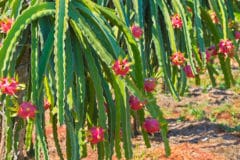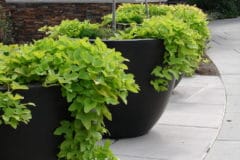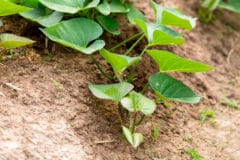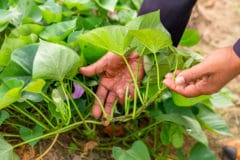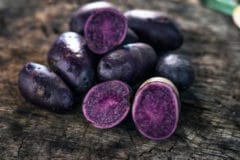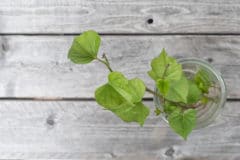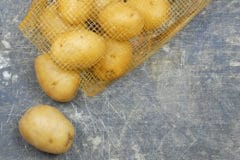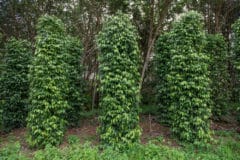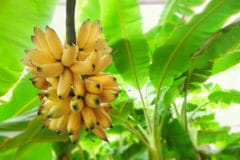Native Range
Jicama is native to the tropical regions of Central and South America. Pachyrrhizus erosus is the most common variety although Pachyrhizus tuberosus and Pachyrhizus ahipa are also cultivated for their roots. All of them are often referred to as yam beans, which makes sense when you consider that the roots look like yams and the plant is in the bean family.
Jicama vines can reach heights of 16 feet. The largest recorded tubers weighed between 44 and 50 pounds. Commercial tubers weight about 1-3 pounds. Climate plays a large role in tuber size, the cooler the climate the smaller the roots will be.
History
It is a traditional staple of all Mesoamerican populations into antiquity. The starchy root is eaten raw with seasonings like chili powder, fruit juice, and cilantro. It can be sauteed with other vegetables or cooked into stews. It maintains its crispy texture when cooked, and is an excellent side to fish.
In the 17th century, the Spaniards brought Jicama from the Americas to the Philippines. It spread throughout Asia and plays a role in traditional cooking from:
- Philippines
- Indonesia
- China
- Japan
- Vietnam
- Singapore
- India
In the Philippines, it is usually eaten raw with vinegar or seasoning. In Sumatra, it is combined with other fruits and ingredients in snack bars or fruit salads. The Japanese traditionally bake it into a pie, and in India it is eaten during fast. Jicama is a low-calorie carbohydrate. It is rich in minerals, Vitamin C, antioxidants, and soluble fiber. It is an excellent staple food.
Cold Climate Growing
Though Jicama is naturally a perennial plant, because it is harvested for the tubers it can be grown as an annual. Any climate that receives no less than 5 months of frost-free weather can grow jicama. Ideally, it would receive 9 months frost free, but 5 will produce tubers.
Cold climate growers have to start their vines early under climate controlled conditions. Typically 8 weeks before the last frost in the region will give enough of a head start to allow tubers to reach meaningful size.
Warning
The foliage, flowers, seeds, and parts of the root of jicama are poisonous to animals and potentially humans. Flowers are typically cut off to encourage root size and discourage toxic seed production. Rotenone is a compound found in jicama used as in insecticide. It has been linked to Parkinson’s disease.
For this reason, it is advised never to consume any part of the above-ground plant. Also, peel jicama roots before eating them.
